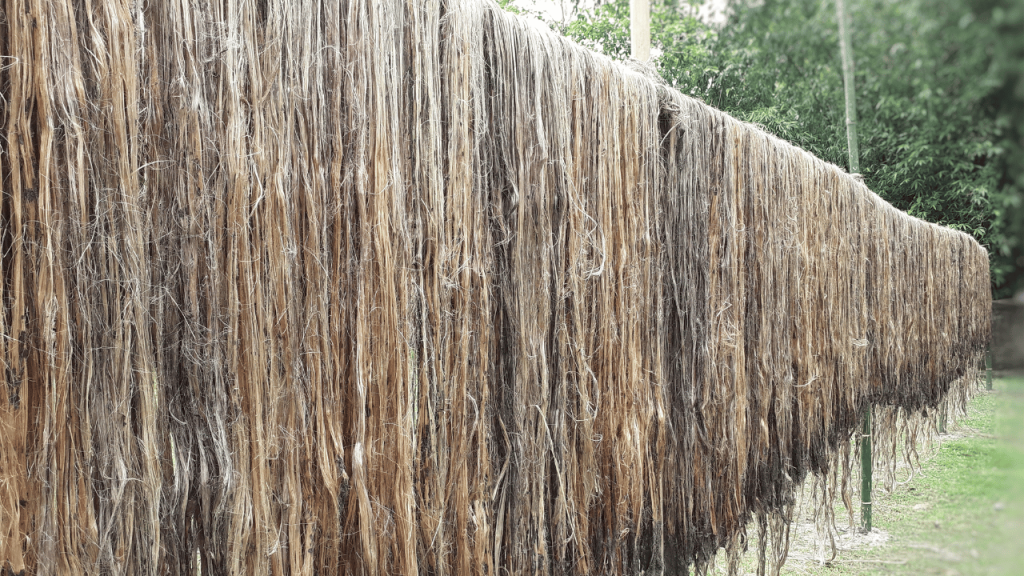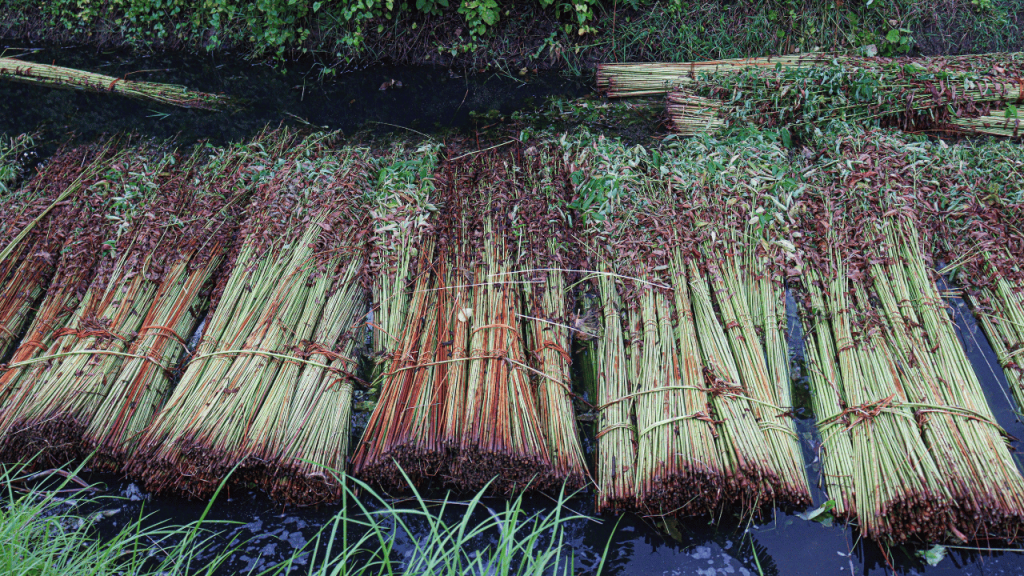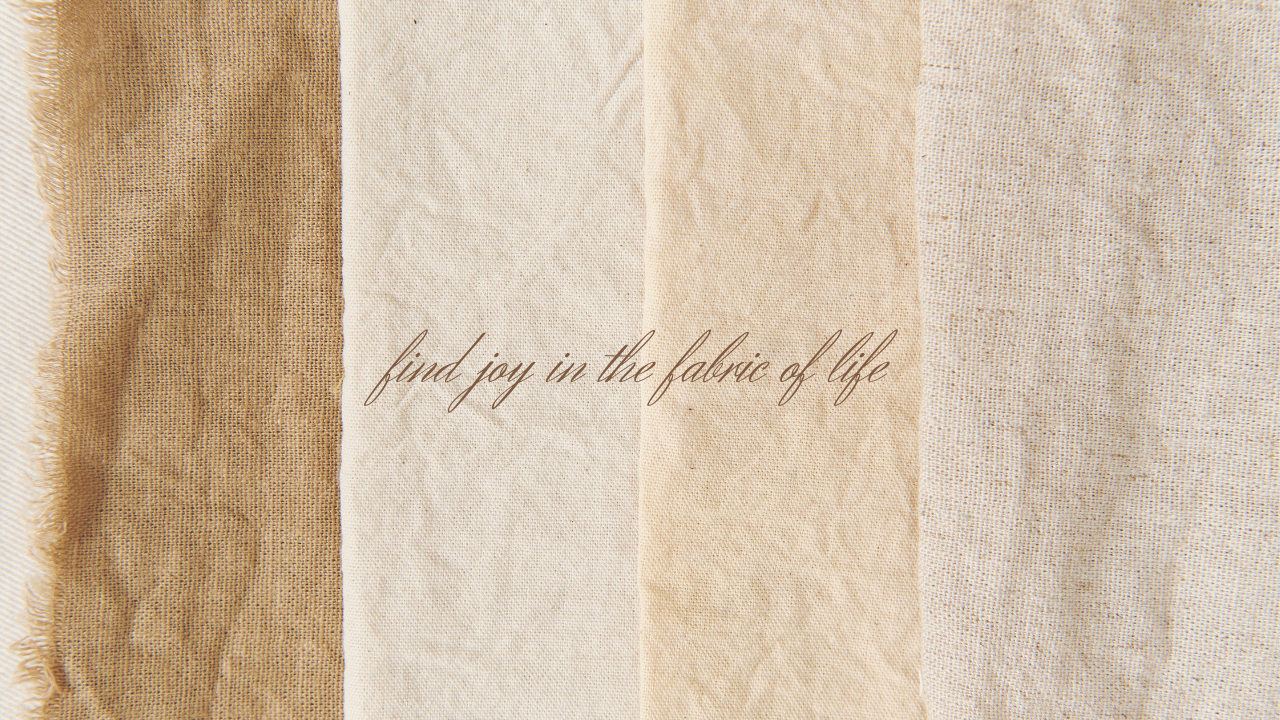A smart bag manufacturer knows that the secret behind design mastery lies within fabric selection. While other elements are also important, none influence the quality, longevity, and overall look of the bag more than its fabric. That’s why it’s essential to do your due diligence before you even begin the design phase. If you’re looking for a material that is naturally beautiful, sustainable, and strong, jute could be the perfect choice for you. Below we will be providing all the essential information you need to know about jute in bag manufacturing, so you can determine if it’s the right fit for your designs.
What Is Jute?

Jute is a natural fiber derived from the stem of the jute plant (Corchorus olitorius). This versatile plant thrives in warm and humid climates and primarily grows in South Asian countries like Bangladesh and India. As its popularity increased over time, jute plants were also introduced to China and Brazil.
Jute’s history traces back to ancient times. It played an integral role in Indian and Bengal culture; in fact, it is sometimes called ‘the golden fiber of Bangladesh’. To this day, jute remains a popular material in bag manufacturing, textile production, and home decor all over the world.
The Advantages Of Using Jute In Bag Manufacturing
Sustainability & Eco-friendliness. People highly regard jute as an eco-friendly material due to its renewable and biodegradable properties. The jute plant grows rapidly and requires minimal pesticide and fertilizer usage. Its cultivation also promotes soil fertility and carbon sequestration, making jute an excellent choice for environmentally conscious bag manufacturers.
Strength & Durability. Jute fiber boasts impressive strength and durability despite its lightweight nature. Bags made from jute can easily withstand the wear and tear of everyday life while maintaining their structural integrity. The fabric’s innate resilience is ideal for bags made to carry heavy loads, such as tote bags or shopping bags.
Natural Aesthetics & Texture. Jute fabric gives bag designs a distinctive natural appeal. Its earthy tones, coarse texture, and rustic appearance exude an organic charm. The raw and organic look of jute especially complements casual and bohemian chic designs.
Breathability & Ventilation. Jute is a highly breathable material that promotes air circulation within bags. This feature is particularly advantageous for bags that need to hold perishable items or require ventilation, such as beach bags or produce bags. Jute’s breathability prevents moisture buildup and allows the bag’s contents to stay fresh.
Temperature Resistance. Jute has the ability to resist external temperature transfers. This is beneficial for bags that need to protect their contents from temperature fluctuations. Jute can help insulate food, drinks, or even sensitive electronic devices from extreme heat or cold, which is why it’s a popular choice for grocery bags, tote bags, and backpacks.
Hypoallergenic. Jute is naturally hypoallergenic. It repels dust mites and other common allergens, making it a safe option for individuals with allergies or sensitivities.
Versatility & Customization. Jute fabric readily accepts dyes, prints, and embroidery. It is also possible to create unique patterns and textures by combining them with other materials. Bag designers can embrace their creative side by experimenting with different techniques to achieve their desired results.
The Limitations of Using Jute in Bag Manufacturing
Limited Color Range. Jute fabric naturally comes in earthy tones such as beige, tan, and brown. These colors are widely popular and versatile, but bag manufacturers seeking neon color options may find jute limiting. To expand color possibilities, manufacturers can blend jute with other fibers or dye the raw fabric with eco-friendly pigments.
Moisture Susceptibility. Jute absorbs moisture in wet or humid conditions, which potentially leads to mildew or mold growth without proper care. Bag manufacturers can use specialized coating techniques or strategic water-resistant material blends to overcome this issue.
Jute Production & Manufacturing Considerations

Jute fibers are extracted from the stem of the plant through a process called retting, which involves soaking the plants in water to loosen the fibers. Retting allows the fibers to easily separate from the stem so that they can be dried and spun into yarns or woven into fabrics. The resulting fabric can then be cut, sewn, and assembled using standard sewing machines and techniques.
Bag manufacturers should source their jute fabric from reputable suppliers who adhere to ethical and sustainable practices. It is crucial to harvest the jute using responsible methods using fair labor conditions and supporting the livelihoods of farmers in jute-growing regions.
Jute Sustainability & Environmental Impact
Jute is widely recognized as an environmentally friendly material with a low ecological footprint. Its cultivation requires minimal chemical inputs, reduces soil erosion, and improves soil fertility. Jute plants are renewable resources that have the ability to absorb large amounts of carbon dioxide from the atmosphere. It’s estimated that a single plant can absorb up to 15 tons of CO2 while releasing 11 tons of oxygen back into the atmosphere during a growing season. This incredible benefit makes jute a crop that actually mitigates the effects of climate change.
The fabric’s production process is energy-efficient and does not release harmful pollutants into the environment. It requires a mere 7% of the energy that synthetic fabrics do. Additionally, jute is fully biodegradable. It decomposes naturally at the end of its life cycle without leaving behind any toxic residues.
Conclusion
Jute inherently comes with a wide range of sustainability benefits, but manufacturers can do even more by implementing eco-friendly manufacturing processes. These include using water-based or natural dyes, opting for recycled or organic materials for linings and trims, and minimizing waste throughout the production process. By embracing jute in bag manufacturing, designers can create sustainable, durable, and visually appealing bags. Jute’s natural properties and unique aesthetics make it a versatile and durable alternative to synthetic materials. Manufacturers and designers alike have the power to promote a more sustainable fashion industry through the usage of this wonderful natural fiber.
